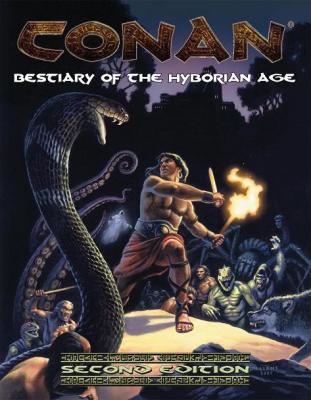I know, a bold statement.
But think about it? What are the really cool and exciting scenes you love from novels, movies, comics, or video games? And how many of them have the characters walking down corridors and opening every door, to deal with the things they find in each room one at a time? Sure, sometimes there are really cool scenes that take place inside of dungeons. But these usually are not about exploring the place, but generally about seeking something or someone very specific inside that place. It’s the sneaking past the guards to reach the target and then finally confronting it that makes the whole event exciting.
I readily admit that both as a player and a GM, I very much favor a highly narrative style. And a game of managing resources and collecting treasure can be fun. Risk and Settlers are my favorite board games and I spend insane amount of time when playing STALKER to search every piece of rusted pipe and then drag myself back to camp massively overburdened with 40 first aid kits and a dozen high quality assault rifles to sell. But reading GMing advice and keeping up with many of the popular RPG forums, I often get the impression that these two quite different aspects of RPGs get thrown together as if they were the same. Which they are not.
Having a dungeon with lots of unique rooms, that each have special features and often include interesting creatures is a good thing. If you are playing the game to have a dungeon crawl. My personal favorite style of fantasy is Sword & Sorcery and I wanted recreate the special traits of that genre in my current campaign, which I’ve started this January. And while my players all seem to have had great fun so far, I am personally rather disappointed with what I’ve come up with so far. Because, as I think now, I was still approaching the adventures starting with the dungeons. I had my Monster of the Week and laid a track to its lair for the PCs to follow, now all I needed was to add some padding to stretch the game between finding the entrance to the lair and encountering the monster. Actually, a lot of padding, because you just need to have a cool dungeon.
But looking back, the dungeon wasn’t cool and in the end it really was just pure padding. The only result it had was draining some hit points from the PCs, and that really only because they had no priest or any healing potions. I havn’t written the summary of our last session, because there really isn’t much interesting to say. And as I’ve said in another article two weeks ago, if a part of the adventure is not worth retelling later, it didn’t had to be in the adventure in the first place. Instead, I should have spend much more preparation on the encounter with the boss at the end of the dungeon, who really just ended hitting the PCs with his claws as soon as they opened the door until he was dead.
In closing: A dungeon is not an adventure.
A dungeon is the stage for an adventure, but even the coolest dungeon can not substitute for a story. (Which in a dungeon crawl wouldn’t be an issue.) Right now, this is just one piece of insight I want to share here and I don’t have a lot of advice what to do about it yet. But it took me over 10 years to figure this out, so maybe this can be a nudge for other GMs to rethink what they’ve been doing so far as well.

